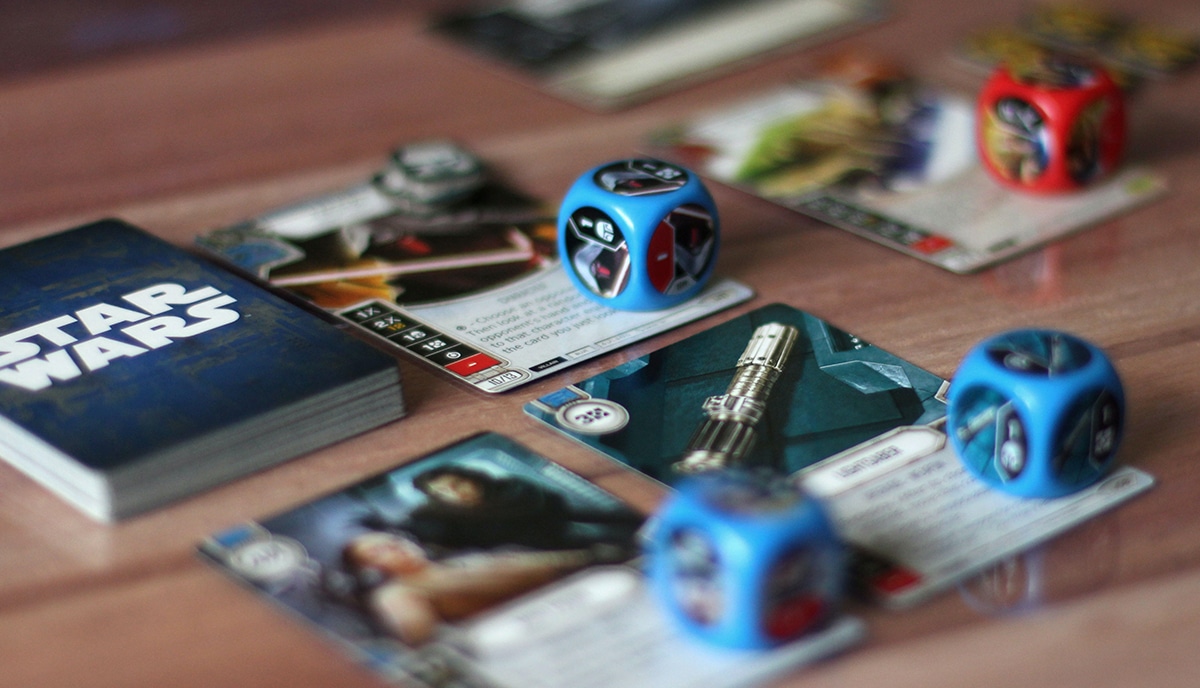You can divide the board game design into two. One is for you to process the design of the game dynamics, like mechanics, theme, rules, and win condition, and the other is for you to make the physical parts, like pieces, board, box, and cards. Preparing all the artwork and printing it can be a complicated task. But you will find more tips to help you through the artwork and design process and ensure that your custom board game printing will be what you want.
Board game templates
When you notice that most game boards are made from die-cut grayboard wrapped in printed coated paper, discuss certain specifics of your design artwork and idea. It will ensure that the deadlines and dimensions for folds, trim lines, and bleeds will need a correct print layout before you add your artwork.
High-resolution images
When you make your images as lines, which is good, you will have to work with rasters when it is detailed artwork or photographic images. You only have to ensure that your images are high resolution, meaning they need at least 300 dpi. When they are less, you will find the images pixelated when they print, even if they look fine on your computer screen.
Use a suitable color space
Before you make your artwork, you must set the software to use the CMYK color space. When printing on an essential black background, which is the usual case for board games, even if the area is overlaid with full-color artwork, you must ensure not to use 100% black. You know that it is counterintuitive, but with CMYK, it will look more black when it is printed than 100% black.
Make graphics and artwork
Visual elements will bring your game to life, and you must make graphics and artwork that match your game’s theme. When you are not an artist, you must hire a professional to ensure you will have high-quality visuals.
Set some margins
There are some reasons why you must set some margins. One is you have room to cut and trim the printed sheets without affecting the integrity of the design or even losing any of the artwork. The other is to allow you to bleed where there is a degree of tolerance to set for slight movement of the paper as it goes through the different stages of the printing process.
Write clear instructions
Concise and clear instructions are essential to have a good gaming experience. You must write rules that are easy to understand and cover all the possible game scenarios. Others are reviewing your instructions for them to understand.
Use lines as much as possible
You may have to use rasters with complicated artwork, but you can use lines when possible. Many design elements of your artwork can be built up from geometric shapes, like logos, decorative elements, text, and titles, which come out better when you make them as points.
Plan your game idea
You may start with solid game ideas, where you can think about the mechanics, theme, and overall player experience you like creating.
With the correct planning, printing partner, and creativity, your game will go from a simple idea to the best-crafted product.

